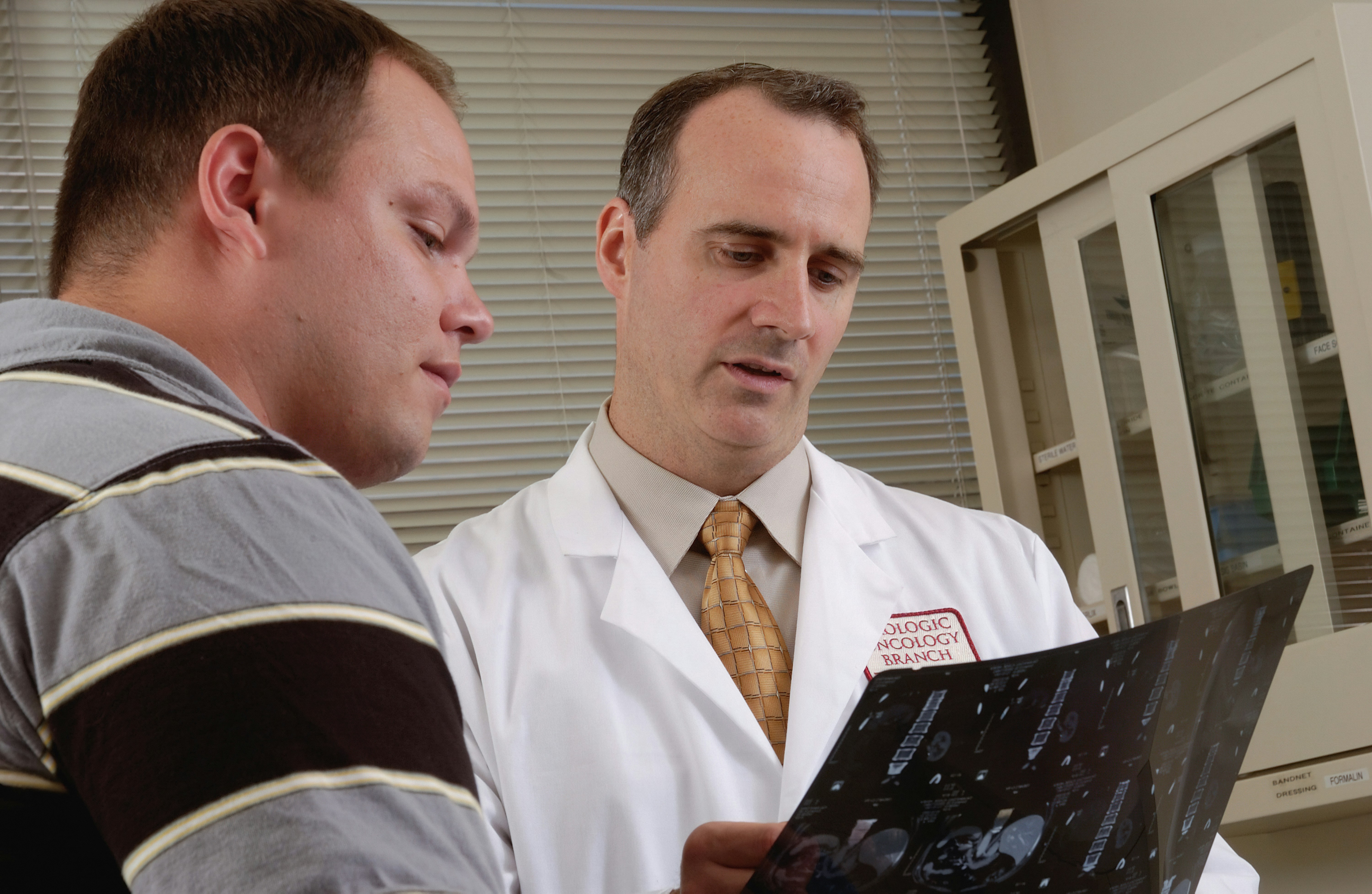Aphasia, a language disorder that often follows stroke, affects millions of people worldwide. It can make speaking, understanding, reading, and writing difficult or even impossible. For many, recovery stalls after the first few months, leaving them with long-term communication challenges. Traditional speech therapy can help, but progress is often slow and incomplete. Transcranial magnetic stimulation (TMS) has been shown to help improve recovery from neurological deficits caused by strokes, including speech. We treated one patient whose speech was affected by a critical illness caused by COVID. Our treatment with TMS significantly improved his ability to speak and understand.
TMS is a noninvasive technique that uses magnetic pulses to influence brain activity. In the context of aphasia, researchers have explored using low-frequency (1 Hz) TMS over a part of the brain called the right pars triangularis. After a stroke affecting the brain’s left side (which in most people controls language), the right side often tries to take over. However, this compensation may actually hinder recovery. By using TMS to quiet the right side, therapists hope to give the recovering left hemisphere a better shot at regaining function.
A recent study published in Neurology (Low et al., 2025) tested whether combining TMS with intensive speech therapy could improve outcomes in people with chronic post-stroke aphasia, meaning their stroke happened more than 6 months ago.
Forty-four people received two weeks of daily speech therapy called multimodality aphasia therapy (M-MAT), which uses speaking, writing, gestures, and more to rebuild communication. Half the group also received real TMS each day before therapy, while the other half received a sham (placebo) version.
Both groups improved, but the TMS group improved more. At 15 weeks post-treatment, patients who received TMS had significantly better overall language scores, especially in word finding and sentence production. On average, their improvement on a standardized language scale was more than double that of the sham group. The TMS group also showed longer, more complete sentences with fewer pauses.
Importantly, the treatment was safe and well tolerated. Some participants reported mild headaches or tingling, but these occurred at similar rates in both groups.
This study adds to growing evidence that the brain remains capable of change, even long after a stroke. Intensive therapy alone helped, but pairing it with targeted brain stimulation produced greater, longer-lasting improvements.
TMS is already approved for depression and is being studied for other neurological conditions, including chronic pain and migraine (which is our primary focus). This trial suggests that it may also help unlock language recovery in people who have been stuck for years.




